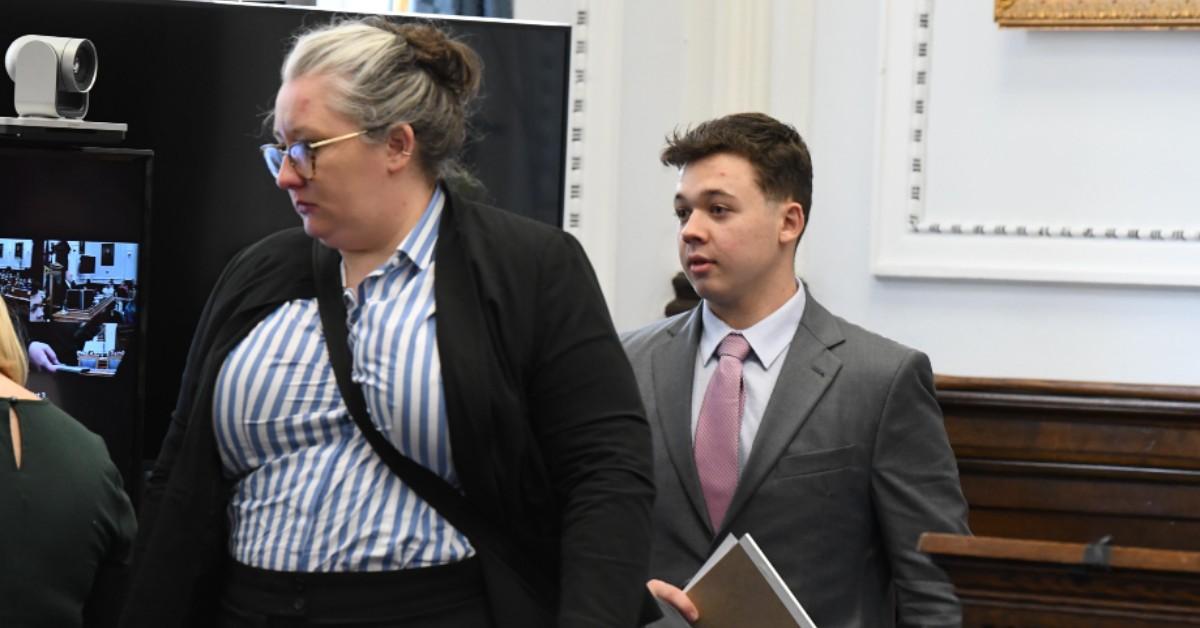Defense, prosecutors paint different pictures of Kyle Rittenhouse shooting. The question is, was it self-defense?

Was it self-defense?
That’s the question jurors listening to the trial of Kyle Rittenhouse will have to decide. It was also the basis of the lawyers’ opening arguments as his case started in earnest on Nov. 2.
Rittenhouse faces a slew of charges in connection to shootings on Aug. 25, 2020. Rittenhouse was part of the unrest in Kenosha, Wisconsin, after a police shooting of Jacob Blake. During the unrest Rittenhouse— then 17 years old — shot at several people with his AR-15 rifle, killing two.
The case has sparked national fervor with some claiming Rittenhouse killed to protect, others said he killed protestors in cold blood.
Prosecutors and defense attorneys presented very different pictures of what happened on the night of the shooting.
Thomas Binger, representing the state, described how Rittenhouse’s first victim was shot in the back. Rittenhouse then tried to flee the area, Binger claimed. But a crowd noticed Rittenhouse and tried to stop him.
A scuffle ensued where one person hit Rittenhouse and another person swung at a skateboard at Rittenhouse, Binger said. Rittenhouse fired at, but did not hit, a man who tried to kick him in the face. Rittenhouse then got in a struggle over his AR-15 with another man. During the struggle, Rittenhouse pulled the trigger and shot and killed that victim.
Another person tried to move towards Rittenhouse on the ground, and Rittenhouse again shot, wounding that man.
“On that night, he killed two unarmed people and shot at third at very close range and wounded Mr. Grosskreutz, who was armed,” Binger said during his statement that was streamed online by various media outlets.
In his opening statement, Binger admitted rioting was happening throughout the town that night. The police lined up to protect buildings and a large crowd was screaming and throwing projectiles.
Rittenhouse portrayed himself as a medic offering to help the injured that night, but he didn’t provide aid for anyone he shot, Binger said. He added that only one person used deadly force during the protest.
“The only person who killed anyone was the defendant, Kyle Rittenhouse,” Binger said.

Kyle Rittenhouse enters a courtroom for jury selection.
However, the defense presented a different version of the night — one where Rittenhouse was the victim. Attorneys said Rittenhouse wasn’t an outsider who came to Kenosha because of the riots, as alleged in the media. Rittenhouse had strong ties to the community as his father lived in the area. Rittenhouse once worked as a lifeguard in Kenosha.
On Aug. 25, Rittenhouse and another man offered to help protect a business from the violence.
The defense noted how the first victim made threats and said he wanted to hurt others. That is when Rittenhouse shot the man. In the immediate aftermath, Rittenhouse went to turn himself in to police, but was caught.
“All he wanted to do was get to police, but the mob is closing in,” Defense Attorney Mark Richardson said.
The defense then described how Rittenhouse was attacked and he shot in self-defense. Richardson said after the second confrontation, Rittenhouse tried to turn himself in. The defense played a video that appeared to show Rittenhouse running towards police cars.
But officers turned him away and told him to go home, Richardson said.
Rittenhouse went back to the business and told the acquaintance that he shot, but it was in self-defense, Richardson said. Rittenhouse eventually went home, and turned himself in to authorities hours after the shooting.
“Kyle Rittenhouse protected himself and protected his firearm so it couldn’t be taken…” Richardson said, “and the other individuals who didn’t see that shooting attacked him like an animal."
Become a Front Page Detective
Sign up to receive breaking
Front Page Detectives
news and exclusive investigations.
